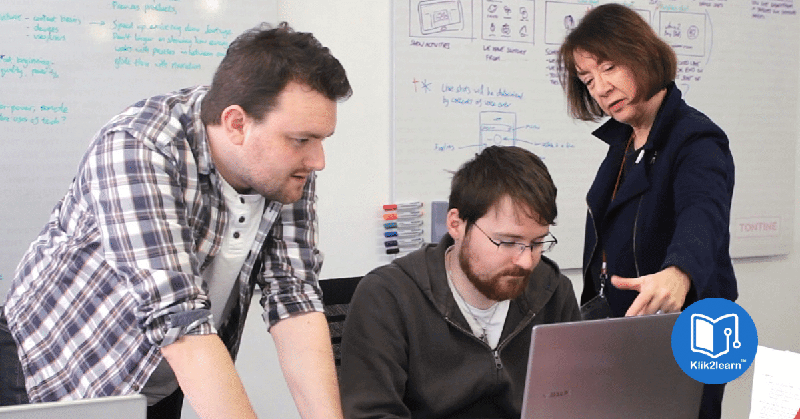
Experts in online instructional design will tell you it takes between 50 and 700 hours to create one hour of learning. It’s not something that can be turned around in a weekend.
So, why does it take up to 700 hours to create just one hour of elearning? The main reason is the breadth and depth of skills that are required to create a fully functioning, interactive, engaging, sequential, digital course that improves learning outcomes.
Before looking at instructional design, let’s look at what we mean by an online course. At one end of the spectrum, you’ve got the digital download for a text book and at the other you’ve got Minecraft and let’s face it, some of the claims made by online learning providers are quite simply marketing hype.
It all comes down to your starting point. If you’re a tech enthusiast, you’ll want to amaze people with your clever tech, if you’re a graphic artist or animator, you’ll want your product to have the wow factor, if you’re a teacher, you should be asking yourself two questions at the beginning:
The best online learning of course has all of the teaching, technology and graphic design experts working closely together but the starting point must be the learning outcomes.
There are several other key considerations involved in online learning development:
Are you aiming to impart a certain body of information like Covid prevention or are you trying to teach skills – a language perhaps? Are you aiming to keep students engaged for an hour or two or are you trying to teach a whole syllabus?
The effectiveness of online learning often comes back to what’s called ‘instructional design’ in the trade – the skill that lies behind the selection and sequencing of the content you see on the screen. It’s the choice of content and the implementation of effective instructional methods and strategies.
It depends on the skill and intuitive knowledge professionals gain about how people learn not just what they learn. That often comes from spending years in a classroom, thinking and reflecting on what impact you’re having on the individuals in front of you.
Watching a really effective teacher should be like watching an elite sportsperson make a complex skill look simple and effortless. It should also be engaging. You learn better if you’re having fun.
Online learning needs to do the same. It needs to exploit technology and where possible, use gaming techniques to achieve the same kind of immersive experience and level of engagement that games achieve.
Instructional design experts are at the heart of Klik2learn online course design team. They are responsible for setting student learning outcomes, selecting teaching methods (pedagogy) for online environments and digitising course content to increase engagement and embed learning.
Getting instructional design right results in an online learning course which is not driven by whatever an e-authoring platform provides. An online course may deploy some of the more hi-tec gadgets and technologies that are available like AR and VR headsets but it shouldn’t depend on them. It can involve AI but not for its own sake.
Even the world’s most popular language learning app, Duolingo, admits ‘there is very little research on leveraging AI for education at any real scale..’ Duolingo’s desire to ‘humanize’ learning is a recognition that for the time being, humans work better than algorithms and bots. No matter how sophisticated your spaced recognition algorithms are, they’re of limited value if they teach you , and I quote, ‘ Where do I posit my flowerpot?’
Klik2learn’s courses are designed and made by humans and hand-coded based on these principles. Klik2learn has the freedom to use a variety of tools: to develop its own games: to decide which interactive functions to use, to develop its own approach to adaptive learning and to devise its own revision and consolidation tools.
At Klik2learn, we never stop learning and asking ourselves how we can improve. We hope that the same will be true for our students. The reward comes when you design something that results in learning ‘by default.’ As one of our intermediate students recently commented,
‘To me, it was like watching a good Netflix series, but I learned English.’